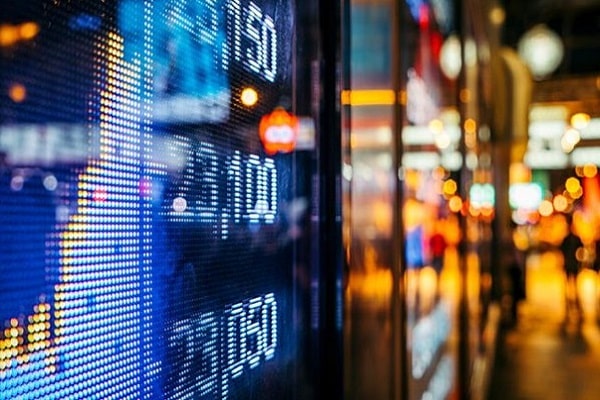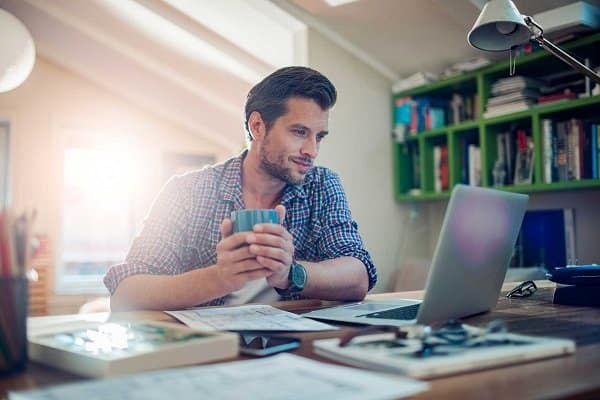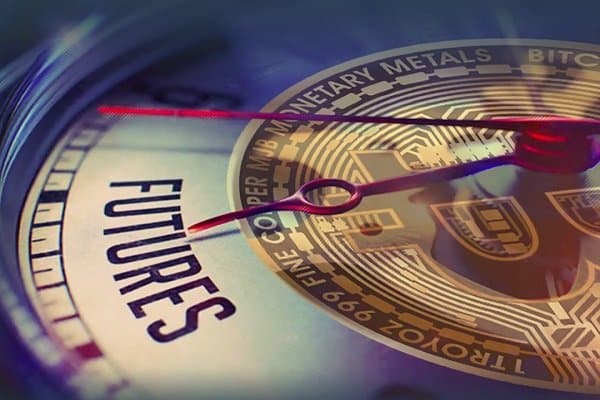Futures trading is a more interesting and functional way to make money on the available capital than investing in stocks, currencies, real estate, etc. The tool is remarkable in that it provides a wide range of strategies. As a special type of transactions, futures are popular in the financial market. They generate significant profits with a skillful approach.
- How does the futures market work?
- Benefits of trading futures
- Leverage
- Considerations before trading
- Choosing a brokerage firm
- Futures market categories
- Types of transactions in the futures market
- The most investment-attractive futures
- Preliminary market analysis
- Fundamental
- Technical
- Opening a trading account
- Classification of contracts
- Trading algorithm
- Margin and financial result
- Common Beginner Questions
How does the futures market work?
Futures trading implies forecasting market dynamics in order to buy / sell assets at a favorable rate. A feature of a financial instrument is:
- Stability. Futures is a kind of contract concluded on the exchange, where, along with all the conditions, the price and delivery time of the goods are approved in advance. In simple terms, the buyer undertakes to buy the contingent asset at a fixed cost after a certain time. Further, the investor is as lucky. If the price of the product has risen within the specified period, he will make a profit. If it falls, it will go at a loss. In the best case, none of the parties to the contract will make a profit or suffer losses (each remains “with his own”).
- Obligation to fulfill the contract . Buying and selling assets after the end of the contract is an obligation, not a right of the parties. The exchange is the guarantor of the fulfillment of the requirements. Before the conclusion of the transaction, an insurance premium (guarantee security) is collected from the participants. Usually it is 5% of the contract amount. Additionally, there are penalties.
- Variety of objects. There is no specific framework for choosing a transaction object. It is possible to conditionally buy / sell securities, interest rates, currencies, indices, etc.
Financial experts classify futures trading as speculation. Real investment means investing money in the purchase of a specific object. A futures deal is compared to a bet, that is, participants conditionally place bets – the price of an object will fall or rise.
Benefits of trading futures
The financial instrument is actively used by those who want to earn extra money easily and quickly. Some investors believe that its advantages prevail over its disadvantages. Positive sides:
- There are many different assets available up to commodity markets. Portfolio diversification is easier.
- Selling short positions is unlimited. The sale of assets that the seller does not have is called “short” – a short sale. Compared to stocks, it is possible to buy / sell futures several times during the time allotted for the sale of a product.
- High level of liquidity. Futures is an instrument of the derivatives market. The execution of the contract takes place in a short period of time. The chance of price growth increases, i.e. the probability of earning income is higher than with long-term investments.
- Standard form. Traders do not need to negotiate the specifics of the contract. All conditions are already provided.
- The entry threshold is low. Payment by agreement does not have to be carried out immediately. It is enough to make insurance. The limit is approximately 15% of the total transaction value. The rest of the amount is prepared for payment at the end of the contract. In addition, due to the virtuality of the object of the agreement, there is no need to pay the broker for the storage of securities. A futures trade is just a designation of a position in the fund’s base.
- The ability to continue trading at the end of the main section. For this, there is an urgent section that extends the process by a few more hours.
The disadvantage of this type of investment is the lack of leverage, that is, you cannot ask the broker for money or the investment object itself. The reason is that there is no need to have the entire amount on the account at the beginning of the transaction. And the ephemerality of the object does not allow to owe something that does not exist. Another negative side is that a trader, when applying to buy an object, does not know who will become the second participant. This increases the level of risk.
With all the abundance of advantages, the tool is not recommended for beginners. Futures trading turns into a casino without sufficient knowledge and experience in the financial market. Beginners have the impression that it is easy to “guess” the dynamics of price fluctuations.
Leverage
The provision of special conditions for payment of futures contracts does not allow using the broker’s lending services. Accordingly, it is impossible to talk about the presence of leverage for this type of investment. Leverage has been replaced by collateral. An investor has the right to buy a futures without even having the entire amount. The exchange personifies the guarantor of compliance with the rules, and requires only a part of the amount to be paid (advance payment). This is GO (collateral or deposit).

Considerations before trading
Before starting to work with futures, make sure that you understand and fully understand all the risks associated with such trading. Next, you need to perform a number of actions: choose a broker, determine the market segment and individually select the type of future trade for yourself.
Choosing a brokerage firm
A broker specializing in this type of investment will provide the trader with the highest level of service and advice. However, for private investors this can be expensive. A better option would be to choose a discount set of services for a small fee. Choose a brokerage firm based on the following metrics:
- commission rates;
- margin requirements (initial rate);
- available types of deals;
- platform software;
- convenience of the monitoring interface from the user’s point of view;
- the speed and quality of the broker when serving other clients.
Futures market categories
There are many different industries available when trading stocks (from technology to foreign currency bank deposits). With similar trading mechanics for industry categories, there are still nuances for their individual varieties. The situation is similar with futures trading. Despite the similarity of futures transactions, such a wide range of instruments is monitored that it is necessary to keep track of all types of categories. Compare them with stock trading contracts for a better understanding of what is happening when choosing a spectrum to work with. Keep in mind that each of the markets (metals, currencies, energy resources, etc.) has characteristic nuances: the difference in liquidity levels, contract volumes, margin requirements.
Types of transactions in the futures market
Buying a contract or selling it hoping to win on the rise / fall of the price is the simplest type of transaction that is understandable. It is with this kind of transactions that you should start trading in the futures market. Use other more sophisticated methods as you learn and get involved. Types of deals:
- Betting on positions based on contract prices and the product itself. The trader enters a long position in the futures market and at the same time short in the financial market. The essence of the bet is the fluctuation of prices for the commodity itself and the price of its futures. The total profit from both positions will vary. The trader is interested in closing both positions while being in positive territory.
- Betting on positions on contracts. The essence of the bet is the change in the difference between the prices of two contracts. The operation logic is similar to the previous one.
- Using futures trading against the decline in the stock market. Otherwise – hedging. Figuratively it looks like this: the client has a large block of shares and does not want to sell them. The financial market is under pressure by the likelihood of a sharp drop in prices. The way out is to sell them in the form of a futures contract. That is, futures becomes insurance against falling prices in the stock market.
The most investment-attractive futures
Whether we are talking about domestic or foreign sites, the principle remains the same. The highest volatility (price volatility) and liquidity (the ability to quickly convert assets into monetary form at a good price) are always typical of popular market indices. Currency bets (euro to dollar, Swiss franc to Japanese yen, etc.) are also liquid and volatile. Their essence is comparable to indices, but bets are easier to understand.
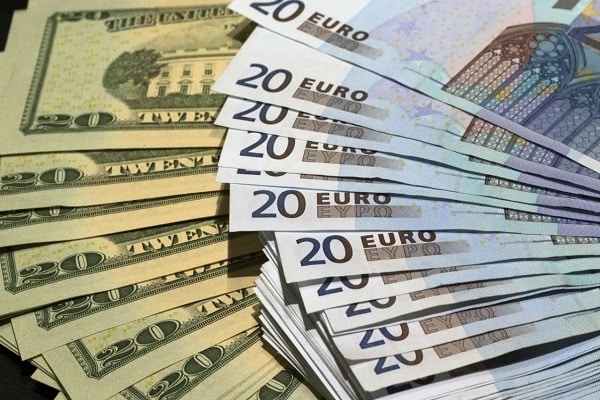
- purchase of futures on shares of large and successful corporations;
- trading in precious metals futures.
Preliminary market analysis
For the correct choice of a contract for futures, it is obvious that it is expedient to study the current situation on the market. Below are the most effective and common types of analysis among traders.
Fundamental
The study examines the multi-scale indicators that affect the prices of contracts in the aftermath. Since the price of a futures is correlated with the price of its underlying asset, all factors that can affect the ratio of the supply-demand balance to the underlying asset are analyzed. Examples:
- Currency futures. Here, the indicators of popular FOREX-type markets, in particular, interest rates, inflationary fluctuations in countries with corresponding national currencies, economic news, and spontaneous factors have a particular influence.
- Stock and bond futures. The main role in this sector is played by data from the reporting on the entire financial movement of the issuing company (issuing securities). Particular attention is paid to fundamental ratios (company growth indicators, net revenue at the moment and in dynamics, etc.).
Technical
The analysis is based on the data of the price charts. The principle of this method is the setting that the price changes at any time. Even if the chart shows no changes, when scaling to expand or narrow boundaries, such stability is a pause before the price increases or decreases. A tangible role in the analysis is played by:
- patterns (patterns of price changes in previous stages);
- support and resistance levels (insurmountable barriers for prices over a long period of time).
The combination of these and other indicators gives grounds to conclude about the advisability of a transaction. All data is plotted on the basis of the price fluctuation chart.
Opening a trading account
Without exception, all stock exchanges provide the possibility of futures trading. Work begins with opening a brokerage account:
- The choice of an intermediary company in trade is based on the study of the terms of the contract. Check the broker’s license on the website of the Moscow Interbank Currency Exchange MICEX (https://www.moex.com/).
- The documents required to open an account differ slightly depending on the specific organization, but the main list is as follows:
- application according to the sample established by the organization;
- passport / other identity document;
- TIN certificate;
- SNILS.
Decide on the amount to be transferred to your account. The minimum entry threshold for different brokers differs significantly. Next, do the following:
- Choose which account to open – a regular (taxation of 13%) or an individual account (IIA) (here you can choose the type of tax deduction – on contribution or on income).
- Choose a pricing plan considering all your prospective financial activities.
- Determine a convenient way to open – visit the office of the company in person or register online. In the first case, it is enough to bring a package of documents. The rest will be done by a specialist. In the second, you will have to fill in all the necessary columns on your own. Confirmation of registration goes through identification through “State Services” or SMS confirmation.
- Documents are processed within 2-3 days. After the expiration of the term, an SMS message will be sent to the specified phone number with a notification about the opening of an account.
- The account is not active until the first deposit. Top it up from a bank card, transfer from savings accounts, cash.
An active trading account allows you to start buying and selling futures.

Classification of contracts
The technology of interaction with it also depends on the type of the chosen contract. Before starting trading, carefully study the characteristics of both types.
- Delivery. The very name of the type of contract speaks about its essence – it is assumed that the actual delivery of a product based on the results of the transaction. Compliance with the agreement is monitored by the exchange, punishing participants with fines if the conditions are violated. The species is used, as a rule, by agricultural and industrial enterprises. The interest is explained by the need to profitably purchase the raw materials themselves or other goods needed in production.
- Estimated. The terms and conditions of this type of agreement do not provide for the delivery of the object of the agreement. The transaction is carried out on the basis of money exchange. Basically, settlement agreements are practiced by traders to generate income through speculative transactions.
Trading algorithm
Transactions on the stock exchange are not made rashly. Futures trading requires a clear action plan that varies from situation to situation, but has the main backbone – a trading algorithm:
- Determination of the value of the contract at the moment.
- Assessment of the size of the insurance premium (GO).
- Calculation of the number of available contracts by dividing the amount of the deposit by the amount of the collateral.
Example: You want to know the number of gold futures contracts available for purchase with deposits of 1, 5 and 10 thousand dollars. The calculations are approximate due to the volatility of trading parameters. The following data is available:
- the current cost of a troy ounce is $ 1,268 thousand;
- GO 0.109 thousand dollars.
To calculate the number of contracts of different deposit size, the amount of the deposit is divided by the amount of the GO:
| Thousands of dollars deposit | 1 | 5 | ten |
| Payment | 1,000 / 0.109 | 5,000 / 0.109 | 10,000 / 0.109 |
| Number of contracts | nine | 45 | 91 |
It is necessary to remember about the risk. A reasonable approach is to limit the risk of 3% of the deposit.
Margin and financial result
An open position is a purchased futures. At the end of the day, a margin is calculated on its position (the difference between the purchase price and the cost at the end of trading).
By the time the contract is closed, this indicator contains information on daily charges, being an indicator of the financial result of the transaction.
Experienced traders make a preliminary calculation of the profitability of a trade (variation margin). This allows you not to miss the best moment to close the position. Profitability is calculated using the formula: BM = (Pn – Pn-1) × N, where:
- Pn – the value of the contract at the present time;
- Pn-1 – asset value at the end of the previous trading day;
- N is the number of contracts.
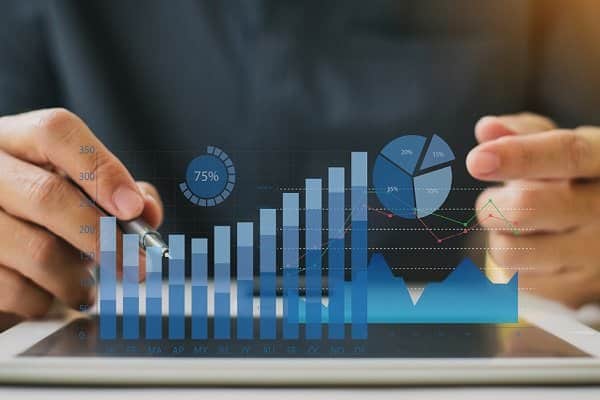
Common Beginner Questions
The more a novice financial figure plunges into a topic of interest to him, the more questions become relevant to him. This expands the horizon of knowledge. The following are some of the most common questions for newbies:
- Where can I see a list of all current futures? Licensed exchanges list available futures contracts in real time. Any exchange on which a trader operates is interested in the timely updating of the lists.
- Where can I download the history of quotes? Any exchange has a service with an archive of quotes. To do this, you can use the site search by entering “Quotes Archive” in the search line. Sometimes you can download quotes directly through the charting service by setting the “Maximum bars” parameter on the basis that 1 day is equal to 1440 minutes. Before downloading, the user is prompted to select the beginning and end of the time interval of interest.
- How to choose the right futures date? The choice of the expiry date (the day the contract expires) depends on the underlying asset. Occurs on certain days set by the exchanges. The choice of a trader lies in the fact that when making a decision to conclude a deal, an analysis based on the type of asset is required. That is, the choice of the date of the futures is part of the general preliminary analysis of the market, which is described above.
- What happens on the last day of trading? On this day, the exchange performs recalculations for all open positions in the futures market, that is, this is the day the obligation is fulfilled under the contract. It is almost impossible to predict the market behavior on this day. Traders need to be especially careful about closing dates so that unexpected volatility does not lead to losses. In addition, it is on the last day of trading that you can “hit the jackpot”.
- Are there perpetual futures? Yes, futures with no expiration date exist. Under such contracts, recalculation is made hourly. Those who hold long positions (longs) pay those who hold short positions (shorts) at a rate determined by the exchange. This phenomenon owes its existence to the need to maintain the value of perpetual futures without closing a position. This value should be at the level of the base price for the indices.
- What is the difference between short and long in a contract? Short – the result of the sale of the contract. The owner of a short position has an obligation to sell the underlying asset at the price agreed in the contract. Long – the result of buying a contract. Its owner has an obligation to buy the underlying asset on the expiry date of the contract at the price set for it.
- Does an investor need futures? Each investor decides for himself whether he needs to trade in the futures market. The choice of financial instruments depends on the personal preferences, knowledge and wallet of the investor. Some people do not use futures trading as their only financial instrument. Rather, futures are considered by them as one of the options for diversifying capital. It is a risk mitigation tool. It consists in investing in a variety of assets.
You can learn how to trade futures and generate income in the following video: https://www.youtube.com/watch?v=csSZvzVJ4I0&ab_channel=RamyZaycman Futures, as an exchange instrument, has not always played a speculative role. Through a futures transaction, suppliers (farms, factories, etc.) protected themselves from price changes. Now, futures trading has gained incredible scale and popularity. It is better to start this kind of financial activity with experience in trading in the stock markets.
